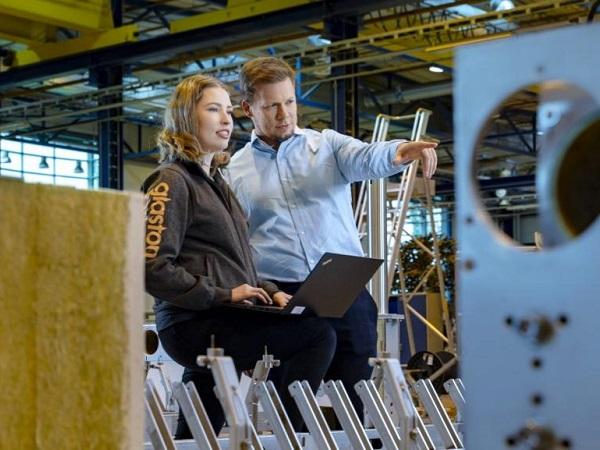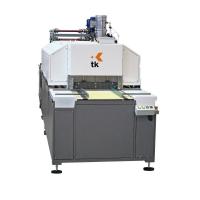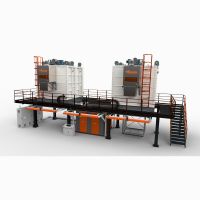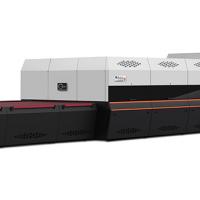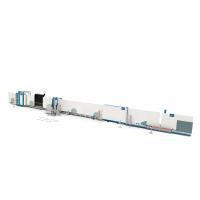Glass tempering is an energy-intensive process. The good news is there’s room to minimize your tempering line’s energy consumption – and reduce your energy bills.
But do you know which process phases are the primary energy consumers?
The topic seems to be the most misunderstood in the industry. Equipment manufacturers often refer to less relevant numbers and terms, and glass processors may not fully comprehend what some of the terms actually mean.
Making sense of the terms
There are 3 terms you need to understand:
- Energy consumption
- Installed power
- Average process power (APP)
Energy consumption is the number of kWh used to process a certain amount of glass. It should always be mentioned as a function of produced glass per area – kWh/m2 or ft2.
Installed power is the total combined power of all electrical components.
APP means the average power demand during one tempering cycle for a given product. APP always changes with glass type and thickness and is always higher the more glass you run.
Key energy consumers in a tempering line
Now let’s consider how energy is used in a tempering line.
Loading and unloading conveyors use little energy when looking at the overall picture. The big energy users are the furnace and the quench.
The furnace section accounts for the biggest part of total tempering line energy consumption.
No matter what technology you have, heating the glass will always take the same amount of energy. This is determined by the laws of physics. In real life, however, there are also heat losses to consider. These include, for example, heat loss through the walls, losses due to convection of compressed air and others.
The quench accounts for the other significant part of a tempering line’s total energy consumption.
The main factors affecting energy use in the quench include loading efficiency, the blower motor control system, the pressurized area in the quenching section and the furnace capacity.
8 steps to minimize energy consumption
Below is a list of 8 practical suggestions to help you reduce tempering process energy costs:
- Maximize loading efficiency
- Reduce process heat loss by making sure your insulation is in good condition
- Minimizing open leakages: door opening time and line structure
- Go for a circulated-air convection system if you run a lot of Low-E glass
- Make sure your blower motors have inverter control
- Select a quench system in which only part of the area is high-pressurized
- Run your furnace as much as possible
- Make energy consumption a visible measurement for your team – and make sure they understand how they can impact it
If you want more detailed insights into your tempering line energy consumption and how to minimize it, don’t miss the earlier blog posts listed below.
Part 1 focuses on the factors impacting glass tempering process energy consumption.
Part 2 includes a more detailed explanation of the 8 practical steps to minimize it.

